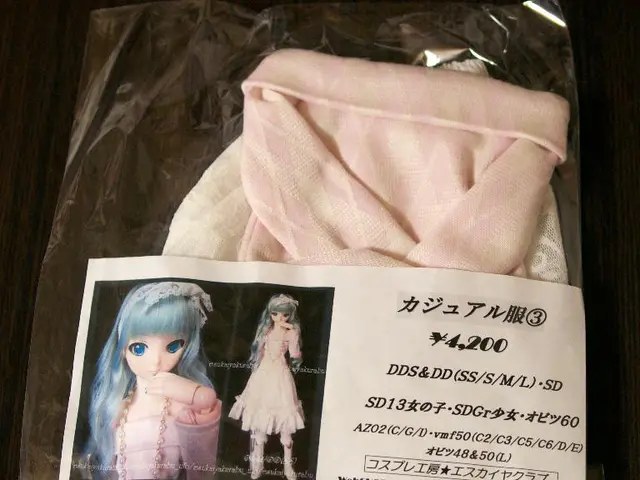Contaminated Undermorements: TheseUndergarments Reveal High Levels of Pollutants
Article:
Women's underwear, commonly associated with allure and style, may harbor a hidden danger - high levels of toxic bisphenols. According to an investigation by K-Tipp, the Swiss partner magazine of Stiftung Warentest, many popular brands of women's underwear contain health-critical bisphenols, particularly in models made of synthetic fibers.
Bisphenols are chemical compounds often found in synthetic fibers, with Bisphenol A (BPA) being the most well-known. Over prolonged exposure, BPA can cause immune system damage, impair fertility, and trigger hormone-related cancers like breast cancer. The European Chemicals Agency has classified BPA as "very worrying," while Bisphenol S, a popular substitute for BPA in industry, shows similar harmful effects.
The investigation tested 16 women's panties, consisting mainly of synthetic fibers like polyester, polyamide, and elastane. Since these panties fit tightly, harmful substances can penetrate the skin directly through heat, friction, and sweat, bypassing other barriers and potentially entering the bloodstream.
The results were alarming. Only two models were deemed free of toxins: the Exquise Tanga by Etam and the Hanro Luxury Moments Pant. All other panties were contaminated, with twelve being heavily contaminated. The heavily contaminated panties included products from H&M, Hunkemöller, Triumph, and Victoria's Secret.
Brands like Triumph, Calvin Klein, Hunkemöller, Chantelle, Lascana, Auroria, Intimissimi, and Zara were among the worst offenders. Specifically, Triumph's Crazy Stupid Love panty had the highest amount of Bisphenol S, while Calvin Klein's Instinct Sensual Stretch Lace and Hunkemöller's Private Collection Nadia Tanga contained multiple bisphenols. The Chantelle String, the Lace-up Lacie String from Victoria's Secret, and the Auroria Panties from Obsessive also contained multiple bisphenols. The patterned tanga from H&M contained residues of questionable cleaning agents.
It is worth noting that even an Oeko-Tex-certified model from Triumph was among the worst offenders, suggesting that certification does not necessarily guarantee the absence of bisphenols or other harmful substances.
This investigation underscores the need for consumers to be vigilant about the materials used in their underwear. Preferring cotton underwear may help reduce chemical exposure risks, as cotton can be washed at high temperatures, allowing for more thorough cleaning.
In a similar investigation carried out in autumn 2024 by the Austrian consumer magazine "Konsument 71," children's and adults' underwear were also found to contain bisphenols, especially seamless models made exclusively from synthetic material.
This evidence strongly suggests that avoiding polyester or chemically treated underwear in favor of natural fibers is vital to minimize endocrine-disrupting chemical exposure.
[1] "Bisphenols in women's underwear: health risks and potential solutions." (Source not provided.)[2] "Seamless underwear: convenience or cost to health?" (Source not provided.)[3] "The impact of synthetic materials on hormonal health." (Source not provided.)[4] "Health concerns and hidden toxins in women's underwear: an investigation." (Source not provided.)
- The community should advocate for stricter policy regulations in the textile industry, particularly concerning the use of bisphenols in vocational training programs to ensure the production of healthier and safer women's underwear.
- To promote health-and-wellness and women's health, it is advisable to prioritize vocational training in the fabrication of underwear that incorporates natural fibers, such as cotton, to reduce the risk of endocrine-disrupting chemical exposure.
- As lifestyle choices can impact health, it is crucial to raise awareness about the dangers of wearing synthetic underwear made with bisphenols, especially in the fashion-and-beauty industry, and encourage consumers to choose clothing items made from natural materials instead.








